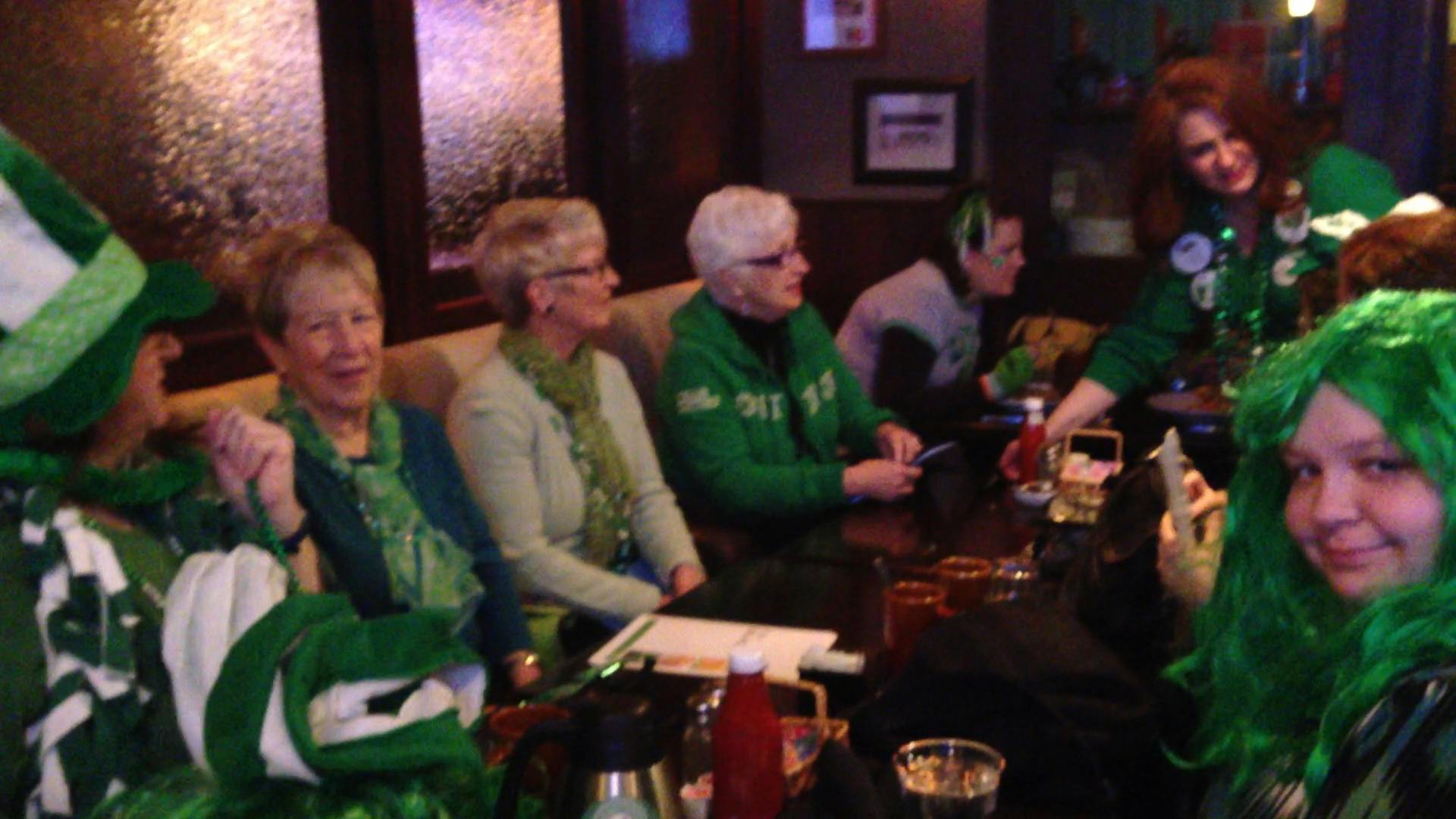If you celebrate St. Patrick's Day by visiting a bar that includes a bagpipe band, you can amuse your fellow revelers with the information that the instruments, called the Highland bagpipes, actually were native to Scotland, not Ireland. That doesn't mean that you still can't enjoy the music. In fact, many traditions relished on St. Patrick's Day trace their roots to places other than Ireland. They include:
Shepherd's pie. Although the Irish have eaten their share of this meat pie over the centuries, it most likely originated in northern England or Scotland.
Corned beef and cabbage. This was popularized by Irish immigrants in New York who frequented the neighborhood delis. It was a cheaper variation on the bacon/ham and cabbage that was a common dish in Ireland.
Parades. Although Dublin has a parade, it started only 83 years ago, long after St. Paddy's Day parades had become a tradition in the United States. There are arguments whether the first one was held in Boston or New York City, but, either way, the U.S. parade goes back at least 252 years.
Irish Car Bomb. A drink involving Guinness, Irish whiskey and Irish cream. Not only was this invented in America, but many people in Ireland consider the name offensive.
Irish soda bread. No less a booster of this sweet bread than the Society for the Preservation of Irish Soda Bread maintains that it's a U.S. concoction.
Chocolate Guinness cake. This recipe was created by British writer and TV star Nigella Lawson. It's only about 15 years old, which raises debate over whether it's been around long enough to qualify as a tradition. Nevertheless, cooks have since figured out that you can add Ireland's signature stout to everything from oatmeal to lasagna.
Green beer. Most Irish beer is dark brown. Adding green food coloring would just turn it black. The dyed beer practice likely originated in the 1950s among college students in Ohio.
Bar hopping. Totally American. In fact, until the 1970s, pubs in Ireland were barred from selling booze on St. Patrick's Day because it was considered a religious holiday. □

